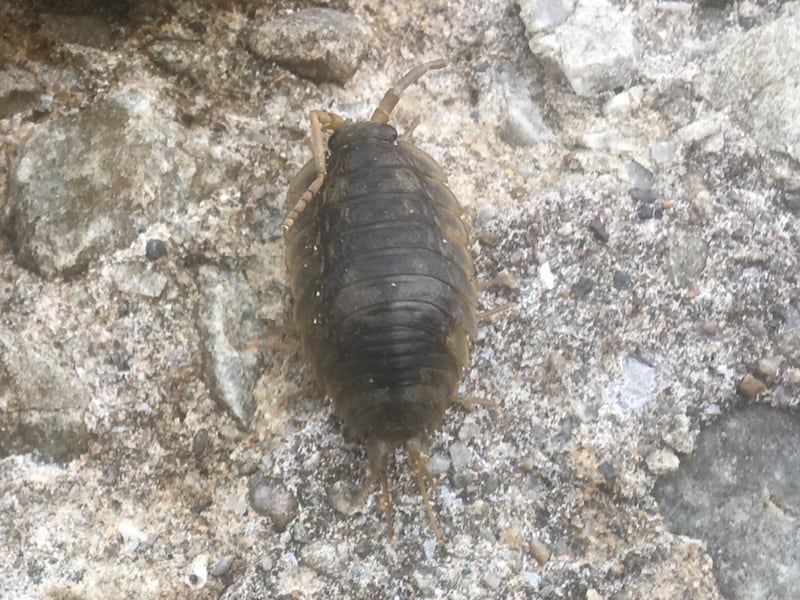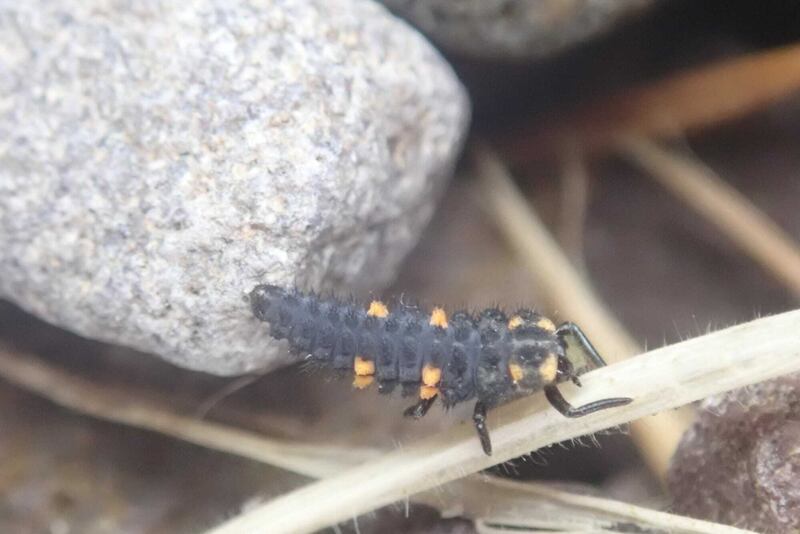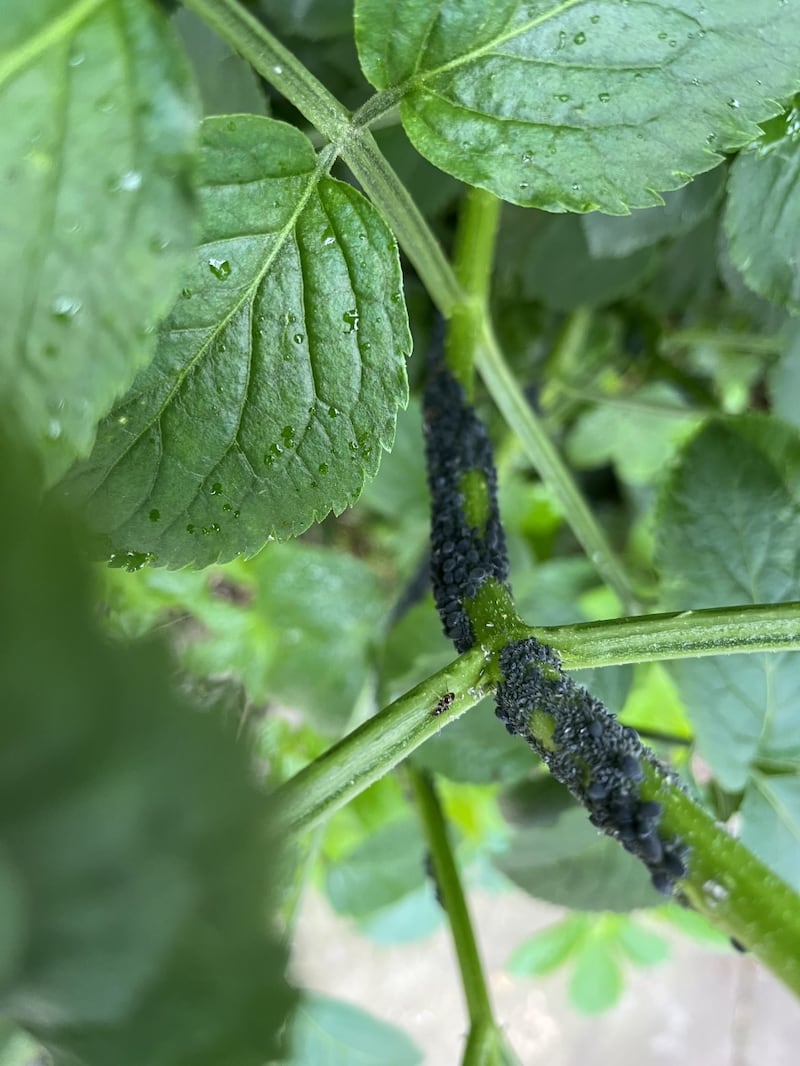On a visit to Hook Head, this colourful insect flew on to the ground at our feet. What it is? — Shane Henry
It is the day-flying six-spot burnet moth, whose caterpillars feed on bird’s foot trefoil. Its red colouration warns birds that it tastes awful.

I photographed this critter on Portsalon pier. It was a very fast mover and disappeared rapidly into a crevice in the pier wall. — Mary O’Doherty, Co Donegal
It is a sea slater, a small crustacean that looks like a very large woodlouse. It scavenges for food among the seaweed and debris of the strandline at night to avoid predators. It certainly wasn’t looking for attention or to be photographed during the day.
READ MORE

I spotted a seven-spot ladybird laying her eggs on south-facing wall of house. Found one of her offspring a couple of weeks later! — Sarah O’Malley, Co Kerry
The larvae of ladybirds look completely different from the adults they will become. Eggs are laid in batches of 20-40, and the emerging larvae will shed their outer skin four times as they grow. They pupate a month later after devouring great quantities of aphids, which can be pests of crops and garden plants. The adults that emerge two weeks after that must fatten up to have enough energy to survive hibernation, which is more bad news for the aphids.

I found these inhabiting an elder stem in my garden. Could you identify them for me? Are they harmful? — William Kennedy, Co Dublin
They are to the elder because these are blackfly aphids. They are all female at this time of year, giving birth to live young, parthenogenetically (without husbands) and so their numbers can increase astronomically if there are no predators such as ladybirds, lacewings and hoverfly larvae around. They weaken the leaves by sucking out the sap for food and they excrete the excess sugars out their rear ends as sticky honeydew. Ants love this and will actually protect the aphids from predators and stroke their abdomens if they are not excreting the honeydew fast enough. The elder will survive; it’s a tough tree.
Have you a nature query, observation or photo you would like to share with The Irish Times? Submit it, with location of the image, via our website www.irishtimes.com/eyeonnature












